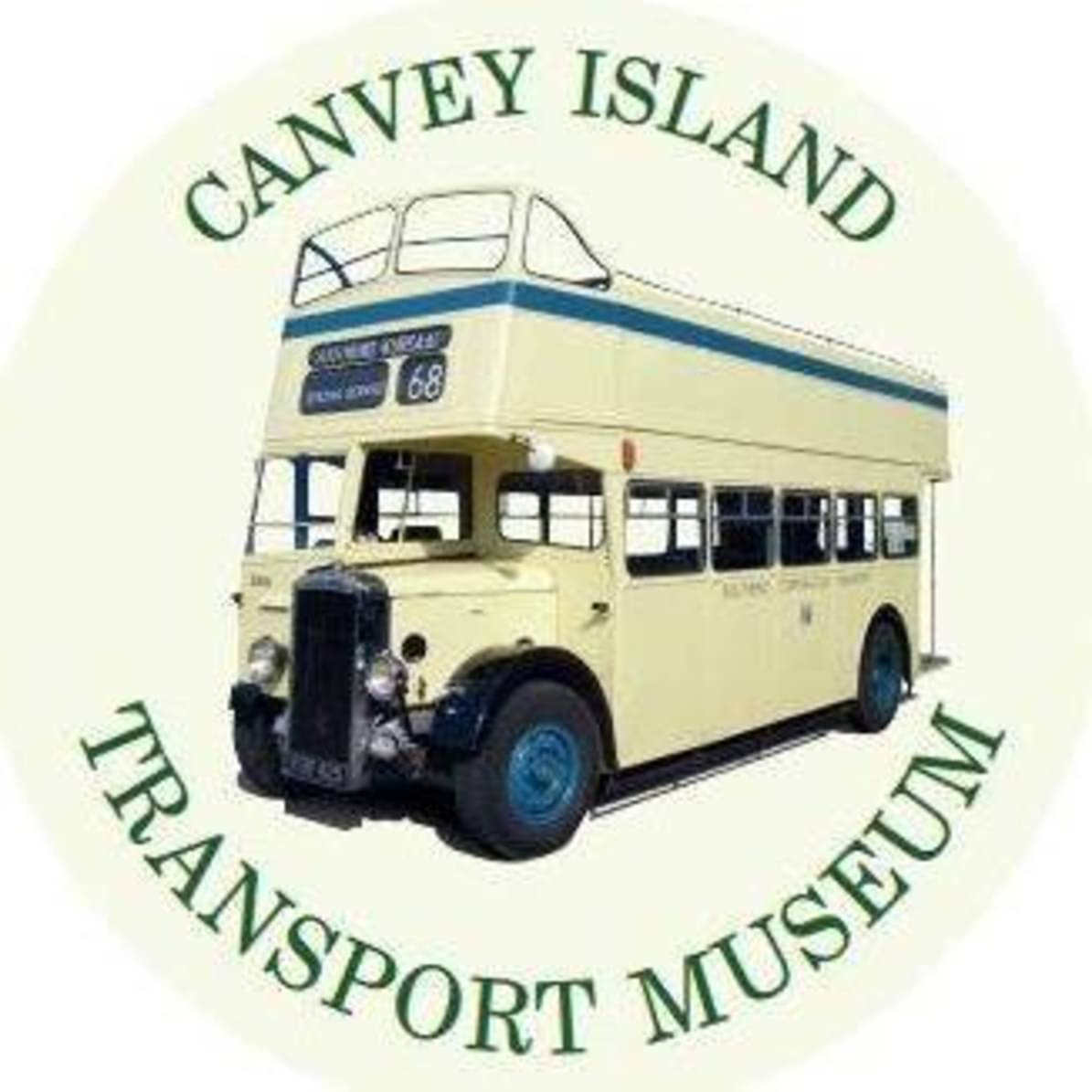




THE LCC TRAILERS
As early as 1905 the LCC (London County Council) had asked the Board of Trade for permission to use trailer cars. At first, they would only allow goods trailers to be used, but as traffic increased it became necessary for the Tram to include more passengers. It is doubtful if the goods trailers were ever used as self-propelled stores vehicles were now in use.
As well as having to conform to Board of Trade regulations the LCC had to obtain a carriage licence from the Metropolitan Police for each of its Tramcars.
There were problems with heavy loadings at rush hour and on particular routes, one being the Kingsway subway could only accommodate single deck cars. As well as other specified busy routes. It became increasingly difficult for the LCC to provide the service needed. It was agreed that the only way to increase passenger accommodation would be to run the cars in close coupled pairs or attached to trailers. The problems were more aggravated by restrictions on standing passengers on the LCC trams. To cut a long story short on the 3rd of March 1909 a meeting with the Metropolitan Police Commissioner agreed to try out the trailer cars. There were strict proposals as to time they would run and only used during peak times. (A more detailed and technical information you will find in The LCC Trailers a LRTA book, article by M.J.D Willsher.)
Although for a time they were in use they were not popular with the crews as it took too long to get passengers off.
Some 150 were ordered from the Brush Company in 1915 but only half the order was delivered because of war work the remaining order being delivered the end of 1916. The bodies and trucks were delivered to Camberwell depot and assembled there. After years of service it was finally decided to end operation of the trailer cars on its tramways. Lots of technical details and road restrictions (not large enough to take double trams, corners too restricted.) The London County Council had then to find buyers for the vehicles. Some parts were useful for normal tram operation these were removed, and adverts were put out. With the outstanding debt of £65,840 in 1925 owing the Highways Committee recommended that this should be written off over 5
years because of its size and the financial position of the Tramways. The HM Treasury insisted on a 3-year period. Although the amount was large, and trailers were to sell off at knock down prices it was by no means as large as the sums lost on previous ventures.
The fate of some of the trailer bodies and the location of at least 35 is known and some of these still survive. Some were professionally converted to caravans, the top deck and stairs removed. One platform became the entrance hall, the other a kitchen complete with bay window. A prototype of these conversions was displayed at the 1924 Ideal Home Exhibition. That model was sold to a buyer in Ireland. As well as caravan conversions many were sold unconverted and were put to various uses. One batch went to Camber Sands where they survived until the big flood of 1953, at least one at Canvey Island. This one however was safe from the flooding and is what we have today. It stood firstly at Zelham Drive on Canvey but later was moved to Chapman Road where fortunately it was identified and after some persuading is now in the Museum. Thanks to various members of the public, the Archive and the builders Pettit.


Moving the trailer to the museum
See the slideshow of photos below.
















Leave a Reply